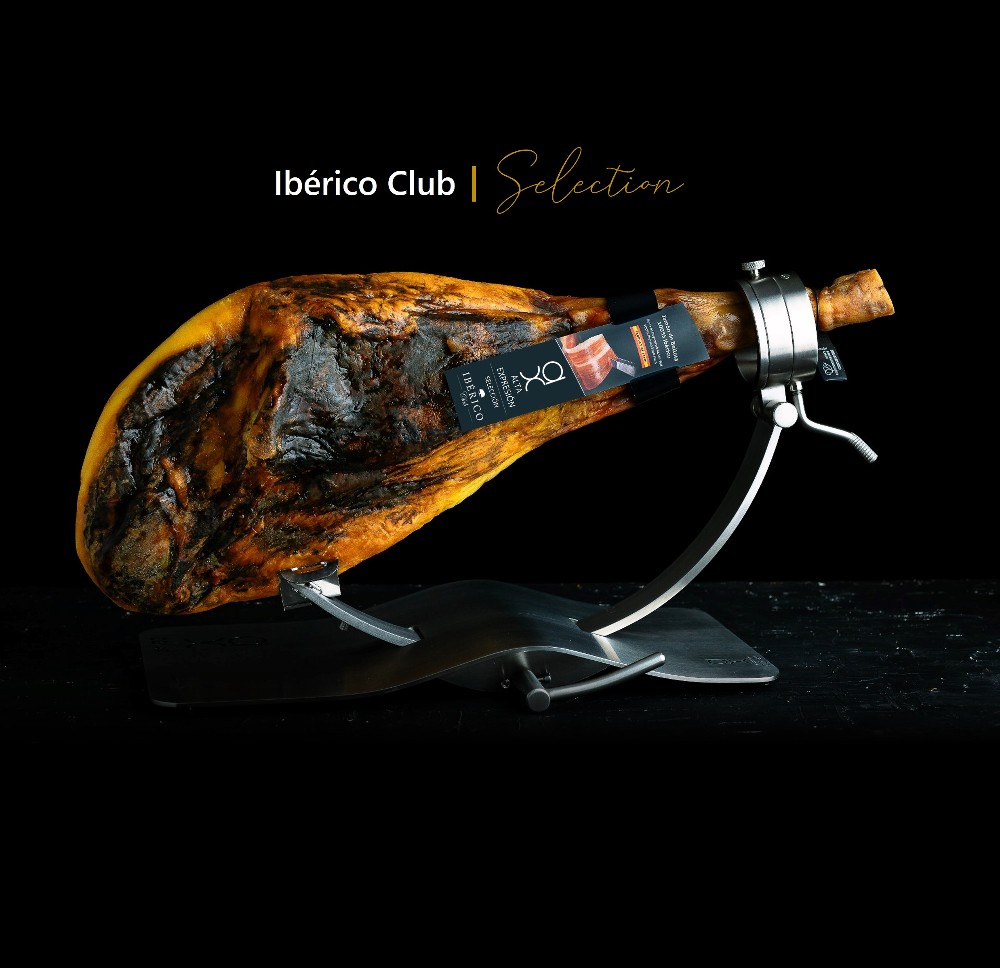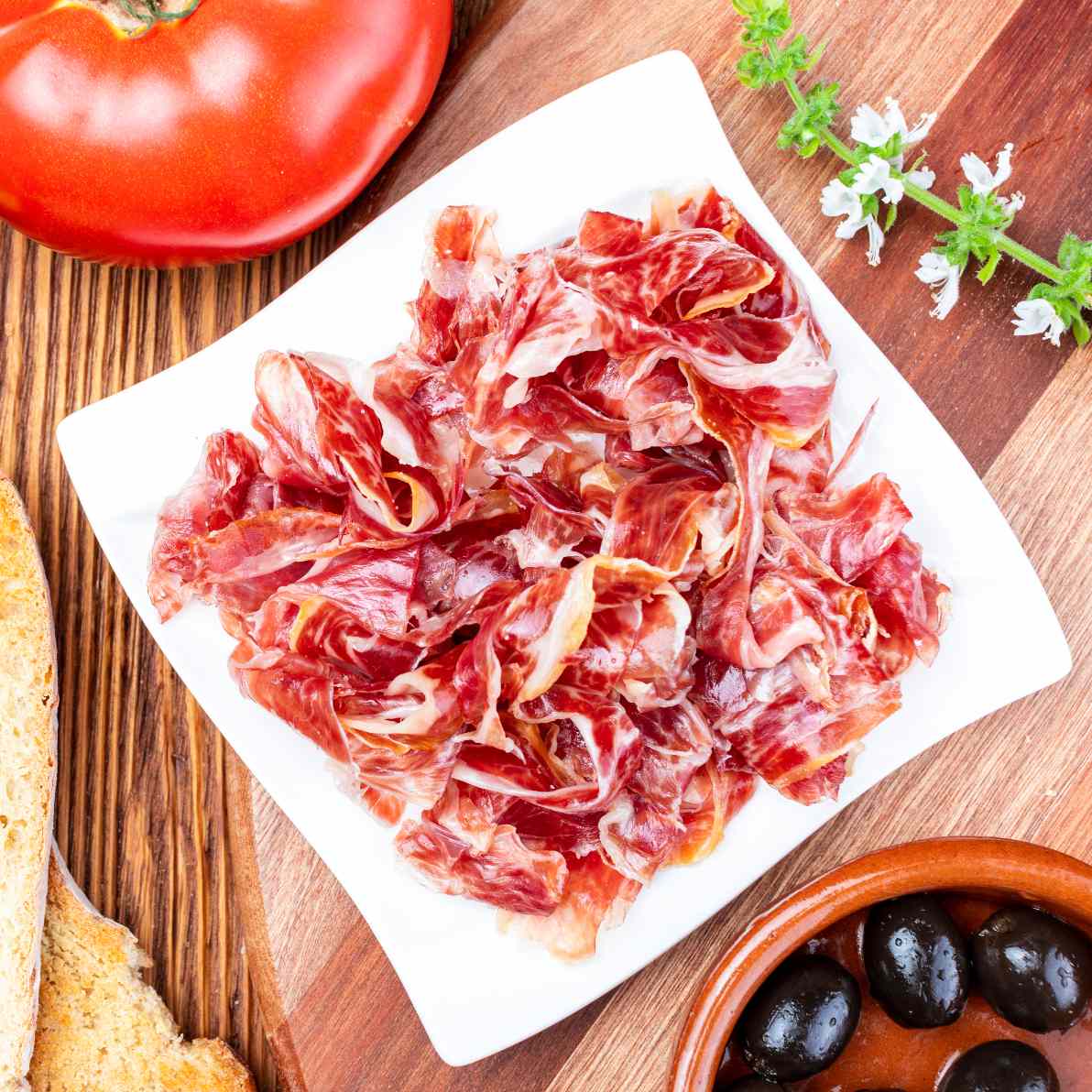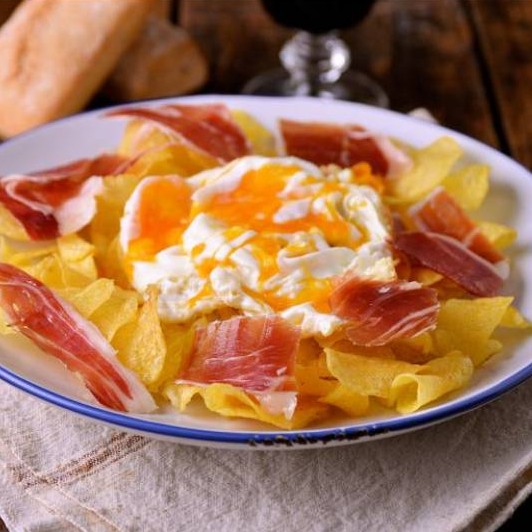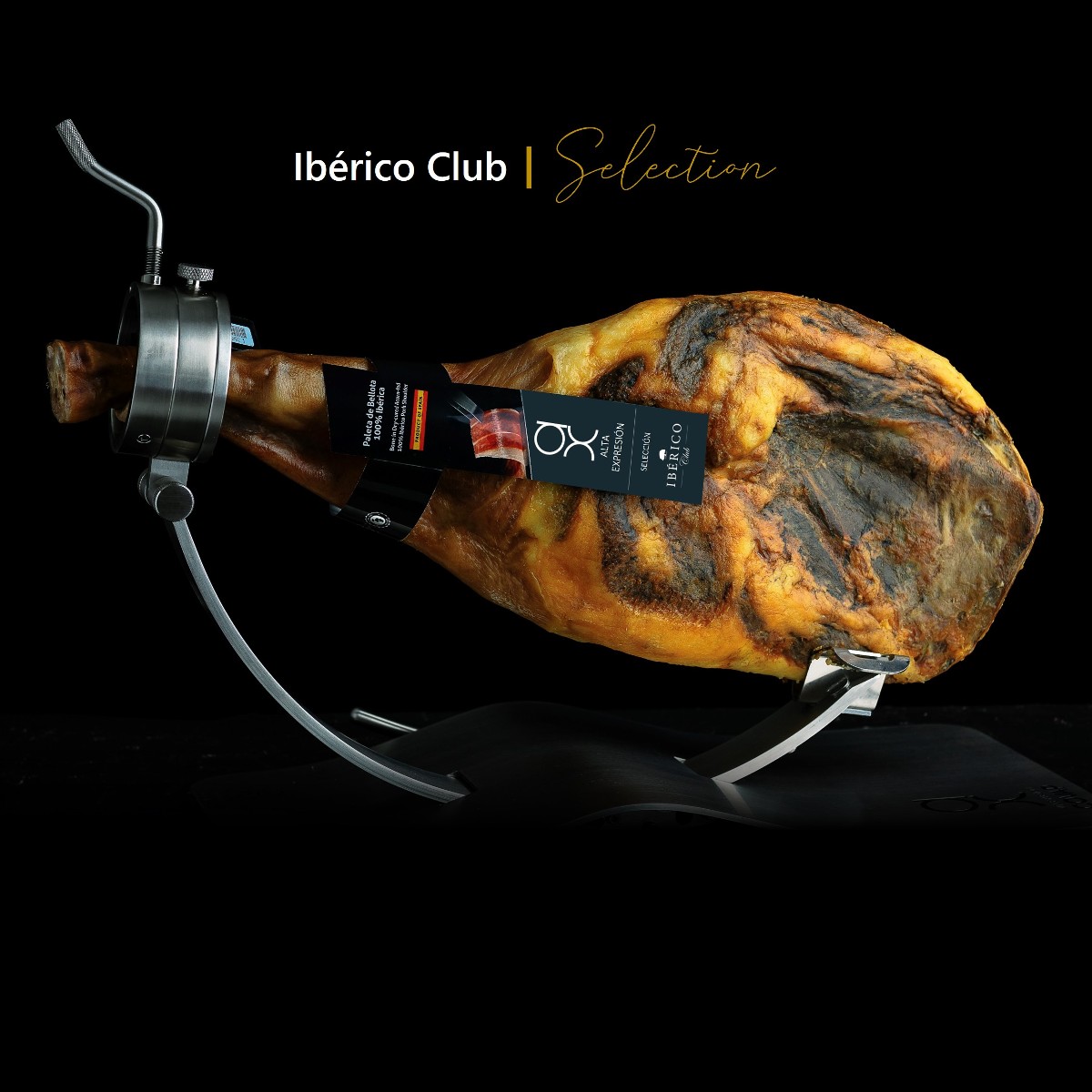The Unsung Hero of Jamón Ibérico de Bellota: The Mighty Acorn

When we think of gourmet delicacies, Jamón Ibérico de Bellota stands out as a crown jewel in the culinary world. This exquisite ham, renowned for its rich flavor and melt-in-your-mouth texture, owes much of its unique characteristics to a rather humble source: the acorn. Let’s dive into the crucial role that acorns play in the production of this prized ham and why they are so integral to its exceptional quality.
The Dehesa: A Natural Paradise
The journey of Jamón Ibérico de Bellota begins in the dehesa, a unique ecosystem found in the Iberian Peninsula. This landscape, characterized by rolling meadows dotted with oak trees, provides the perfect habitat for the Iberico pigs. These pigs roam freely, grazing on grasses, herbs, and most importantly, acorns. The dehesa is not just their home; it’s a natural pantry that significantly influences the quality of the ham.
Acorns: The Secret Ingredient
Acorns are the fruit of the oak trees, and they form the cornerstone of the Iberian pig’s diet, especially during the montanera season, which runs from October to January. During this period, pigs feast on acorns, consuming up to 20 pounds a day. This diet is pivotal for several reasons:
1. Rich in Oleic Acid:
Acorns are packed with oleic acid, a monounsaturated fat also found in olive oil. This fat is absorbed into the pigs’ muscle fibers, resulting in a marbling effect that gives Jamón Ibérico de Bellota its distinctive flavor and creamy texture. The oleic acid also contributes to the ham’s health benefits, making it a healthier option compared to other types of cured meats.
2. Natural Diet:
The acorn diet ensures that the pigs are raised in a natural and sustainable manner. Unlike industrial farming, where animals are often confined and fed unnatural diets, the free-ranging Iberian pigs enjoy a life that closely mimics their natural behaviors. This not only leads to a better quality of life for the animals but also translates to higher-quality meat.
3. Flavor Development:
The acorns impart a sweet, nutty flavor to the meat, which is further enhanced through the traditional curing process. The interplay of the acorn’s natural sugars and the pig’s muscle tissue during the curing period creates complex flavor profiles that are both savory and sweet, making each slice of Jamón Ibérico de Bellota a gastronomic delight.
The Curing Process: Enhancing the Acorn’s Contribution
After the pigs have fattened up on acorns, the hams are cured using time-honored methods that can last from two to four years. This slow curing process allows the flavors to develop and mature, resulting in a depth of taste that is unparalleled. The influence of the acorn diet is evident in the final product, where each bite reveals layers of flavor that reflect the natural bounty of the dehesa.
Sustainability and Tradition
The reliance on acorns also underscores the sustainability of Jamón Ibérico de Bellota production. The dehesa ecosystem supports a balance between agriculture and nature, promoting biodiversity and preventing deforestation. By maintaining traditional farming practices and protecting these landscapes, producers ensure the continued availability of this delicacy for future generations.
Conclusion
The humble acorn is the unsung hero in the story of Jamón Ibérico de Bellota. Its role in the pigs’ diet is essential for developing the ham’s unique flavor, texture, and nutritional profile. As you savor each bite of this luxurious ham, remember that it’s the acorns, combined with the traditional practices and the natural environment of the dehesa, that make Jamón Ibérico de Bellota a true masterpiece of culinary art.










Comments